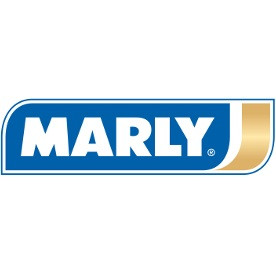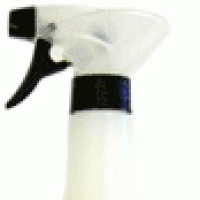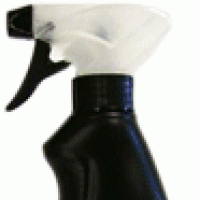About Company
Marly was founded in 1919 and initially manufactured and marketed oils and lubricants to meet the demanding requirements of heavy industry.
As the automotive market grew and its technology advanced, Marly’s expertise was applied to this challenging area. In the early 1930s, Marly introduced a range of specially formulated automotive lubricants, based on solid dispersions, which were designed to improve the performance of conventional products.
The company
Marly was founded in 1919 and initially manufactured and marketed oils and lubricants to meet the demanding requirements of heavy industry.
As the automotive market grew and its technology advanced, Marly’s expertise was applied to this challenging area. In the early 1930s, Marly introduced a range of specially formulated automotive lubricants, based on solid dispersions, which were designed to improve the performance of conventional products.
The company had early successes with its engine and fuel additives, which became many motorists’ solution to extending the engine life and improving the performance of their cars. These famous products were the high technology predecessors of Marly’s current range of best selling lubricants. The energy crisis in the 1970s, prompted by severe increases in the fuel price, caused Marly’s research divisions to develop an engine oil capable et significantly reducing fuel consumption. After intensive development and field tests, this technologically advanced product was launched in Belgium in 1977, and Marly’s famous Black Gold motor oil was born. This innovative product is a top grade motor oil which contains special stable colloidal lubricants (graphite) that dramatically reduce friction in the engine, achieving a significant fuel savings.
Since Black Gold was first introduced in Belgium, several new formulas have been developed, based on the same concept. Today’s Black Gold is one of the most complete ranges of motor on the market.
Marly’s automotive lubricants are based on a perfect balance between the need for lubrication beyond the limits of conventional oils, and the ideal concentration of solid lubricant dispersions (graphite and molybdenum disulphide).
These solid lubricants create a physical barrier, far tougher than a film of oil, between the engine’s surfaces.



